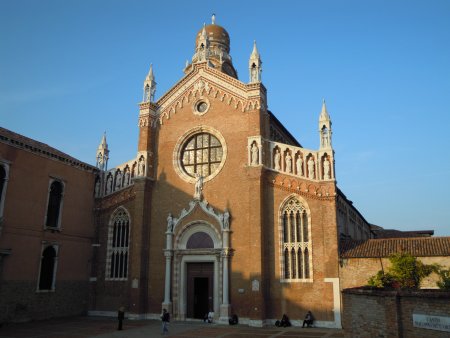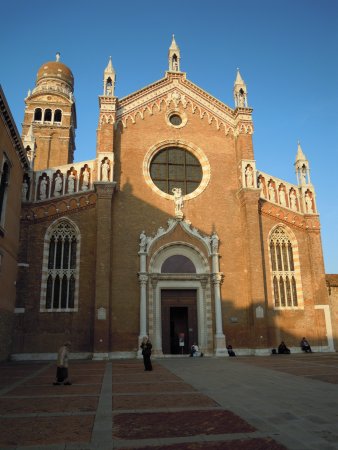
to discover
art and crafts
in Venezia

CAMPO DEI MORI
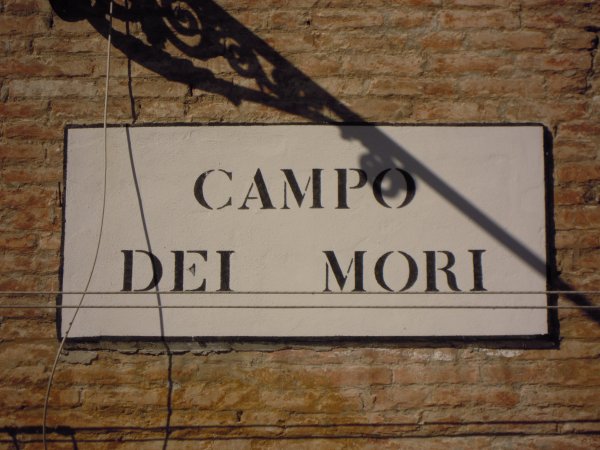
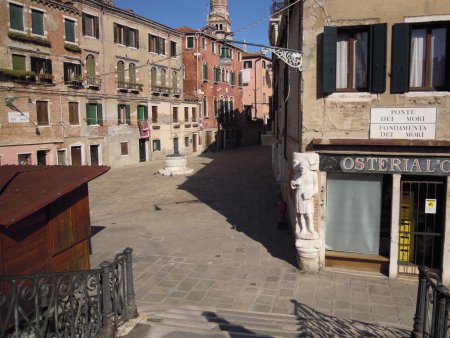
This unique square’s name derives from the three statues set in the ancient walls of the square. The three statues represent three dark-skinned oriental men (Moors), who were three brothers: Rioba, Sandi and Afani, of the Mastelli del Cammello family who built the entire area.
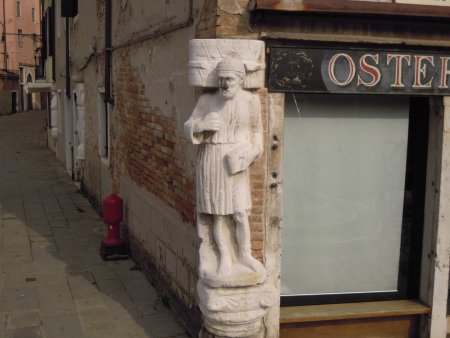


A fourth man stands a bit apart from the others on the quay

The three brothers were called Mastelli because they “had thousands of tubs of gold coins”. Of the three statues, the most famous is that of Sior Antonio Rioba; in the 19th century, the statue lost its nose, and was replaced with a piece of iron. From that time on, a legend grew that rubbing his nose would bring luck
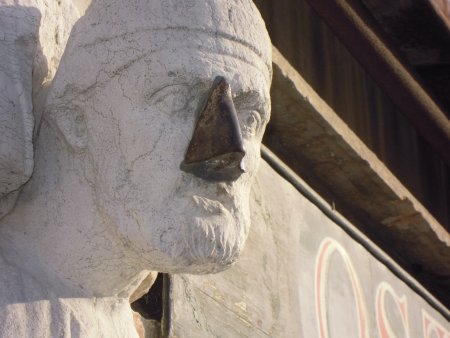
According to another tradition, one of the brothers’ activities was banking, through which they defrauded a very devout Venetian woman who prayed to Santa Maria Maddalena to curse the three merchants. As a result, the Mastelli brothers turned into stone statues, which were placed in an alcove in Campo dei Mori as a warning to anyone who saw them. On the quay, at the foot of the bridge is a large 15th-century Gothic house that was the home of the painter Tintoretto, and where he died in 1594
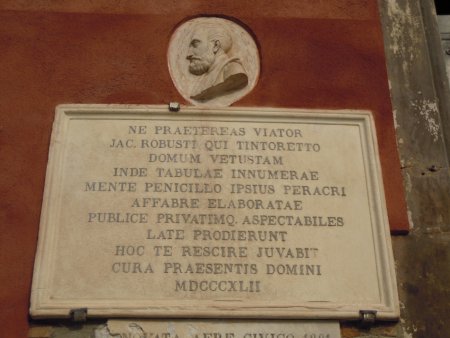
A short distance away, a bas-relief on the façade of Palazzo Mastelli (on Rio della Madonna dell’Orto) shows a turbaned man, wearing oriental clothing and leading a camel, which refers to the family’s spice trade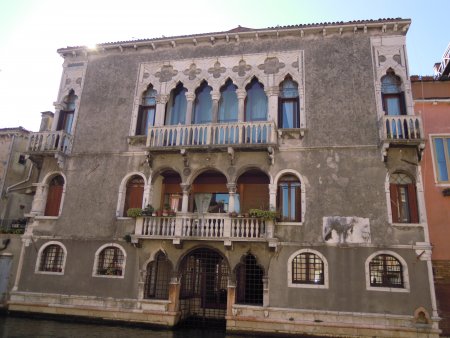

The inside of the palazzo has a well head and interesting colonnades
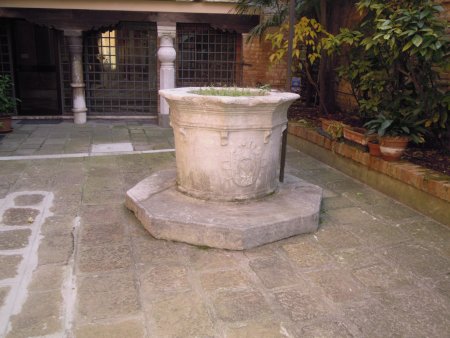
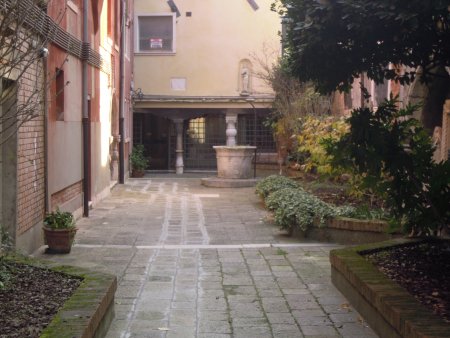

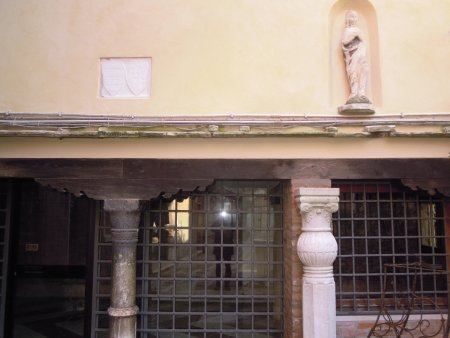

while the square also has a well head, a patera and a capital:
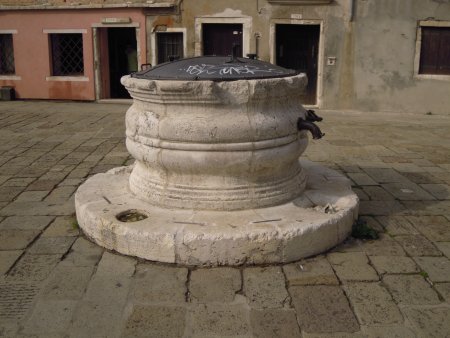


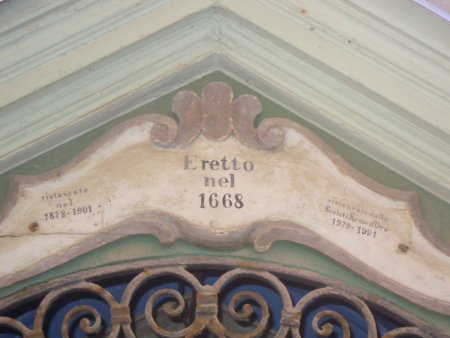
From the square, you can enter the splendid Church of Madonna dell'Orto with its unique herringbone churchyard pavement
